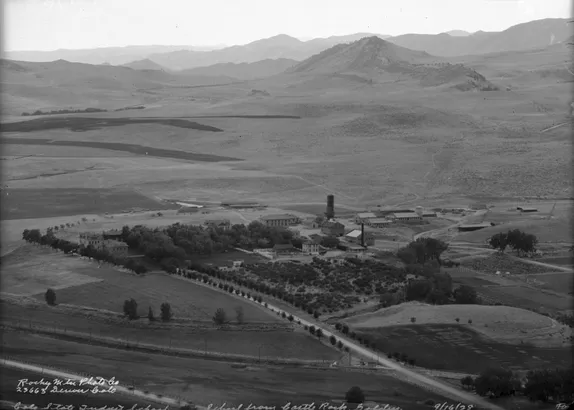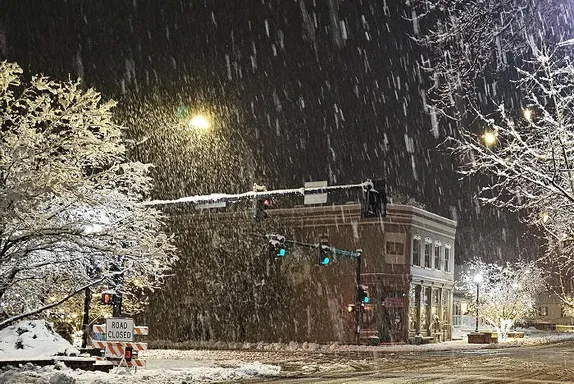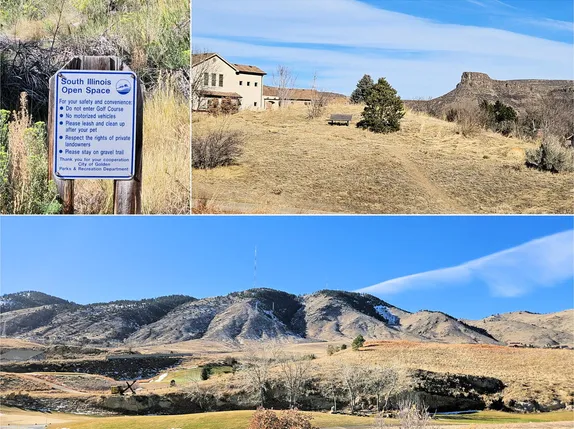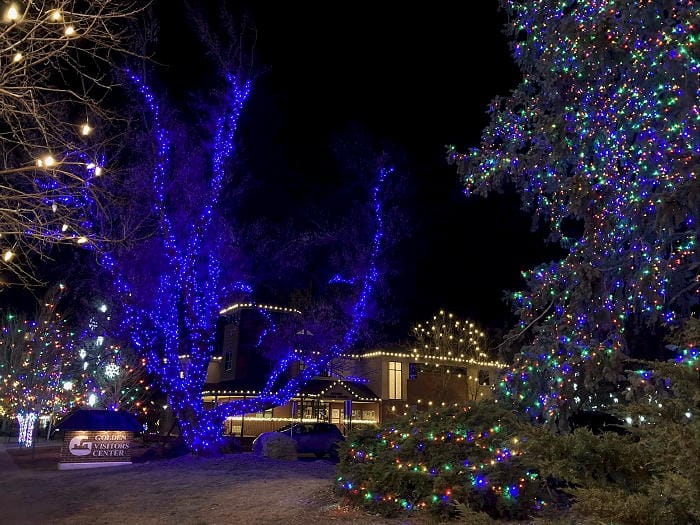
What’s Happening in Golden Today?
9:15-9:45AM Baby Time @ Golden Library – CANCELED
10-10:30AM Call In: Mid-Morning Meditation (Virtual)
10:15-10:45AM Toddler Time @ Golden Library – CANCELED
6PM Run Club @ Runners Roost

6:30PM A Christmas Story – Special Performance Benefits Miners Alley Children’s Theater
Miners Alley presents a special, One Night Only, performance of A Christmas Story on December 22. Performance includes a special visit from Santa, free hot chocolate with keepsake mug (including hot “adult” beverages) and cookies for everyone, and a special goody bag! ALL PROCEEDS FROM THE EVENT WILL GO TOWARD MAP’S CHILDREN’S THEATER PROGRAM.
The event will begin at 6:30pm with the performance beginning at 7:30pm, and is geared toward families with children, as well as anyone who is still young at heart. Kids are encouraged to arrive in their pajamas, and parents are encouraged to get dressed up too! Tickets for the event are $100 for adults and $80 for children and include cookies and beverages, as well as a keepsake mug and goodie bag. TICKETS
Holiday Food Drive for the Christian Action Guild Food Pantry @ Mountain Toad Brewery (map) and the Golden Visitor Center (map)
Holiday Canned Food Drive for BGOLDN @ On Tap Credit Union (map)
Live Music

5-8PM Shawn Eckles @ Golden Mill
5PM Teague Starbuck @ Mountain Toad
5-7PM Mon Cher @ Over Yonder

6-9PM Kyle O’Brien @ Buffalo Rose (Sky Bar Stage)
6PM Dave A’Bear & Friends @ New Terrain Brewing
8PM Karaoke @ Rock Rest Lodge
Golden History Moment
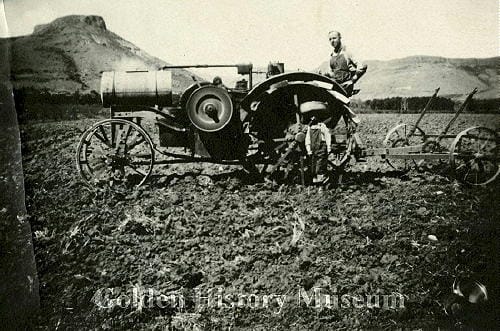
In the early 20th century–particularly 1910-1920–Colorado was in the throes of a sugar rush. While sugar cane from the Caribbean islands had long been the source for sugar, after the Civil and Spanish American Wars, the U.S. became interested in developing a domestic source. Sugar beets filled the bill.
The western states–Colorado, Utah, Nebraska–were well-suited for growing sugar beets, and capitalists were eager to invest in the infrastructure needed to refine the beets into sugar. Colorado had been rapidly expanding in beet production for a number of years, and sugar refining factories had been built in Grand Junction, Fort Collins, Greeley, Loveland, and several other towns around the state.
In 1916, the sugar industry began encouraging Jefferson County farmers to start raising beets. They waged a strong PR campaign, telling farmers what a good cash crop beets were, and how much farmers in other parts of the state were making from beets. There was great interest, and by 1917, many Jeffco farmers had decided to try beets. County leaders hoped that local production would encourage the sugar companies to build a factory in Jefferson County–possibly in Arvada.
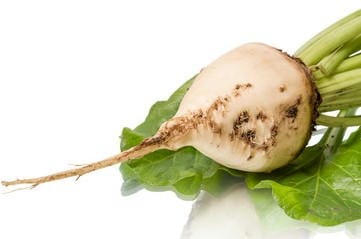
Beets need to be processed quickly after they reach peak sugar in the fields, so speedy transportation is important. At that time, most farmers drove their produce to Denver by horse-drawn wagon. To speed the process, the Tramway company offered to install “beet dumps” along their three rail lines in Jefferson County (one went to Leyden and two to Golden–one via Arvada and the other via Lakewood). These beet dumps would allow farmers to bring their produce to a stop along the Tramway line, weigh it, and have their beets delivered to Denver quickly by rail. There were hopes that dozens of dump sites would be needed, but the first year they built only three.
All went well for a few years. Farmers formed co-ops and negotiated high prices from the sugar companies. By 1919, it was one of the largest crops in Jefferson County:
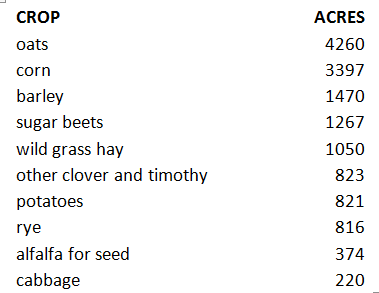
In the fall of 1920, Great Western Sugar Company announced plans to build new plants in Johnstown and in Minatare Nebraska. However, there were a lot of moving parts in the sugar industry.
In late fall, 1920, the price of cane sugar suddenly dropped and producers of beet sugar were left with millions of pounds of refined sugar that they had to sell below cost. The December 23rd, 1920 Colorado Transcript announced that the Johnstown and Minitare plants would not be built. Credit markets were tight at that time, and Great Western decided to slow their expansion and operate with what they already had.
The sugar beet industry continued in Colorado, but the early, speculative sugar rush days were over. Farmers gave up the temptation to grow only beets and the sugar industry slowed down on building new plants.
During World War I, housewives were encouraged to plant a few beets to produce their own sugar. I found a modern-day description of the process, and it does not sound easy–which may be why I found no such references during World War II.
Beets did find new fans during Prohibition, as bootleggers discovered they could be used to produce alcohol.
Thanks to the Golden History Museum for providing the online cache of historic Transcripts, and to the Golden Transcript for documenting our history since 1866!

